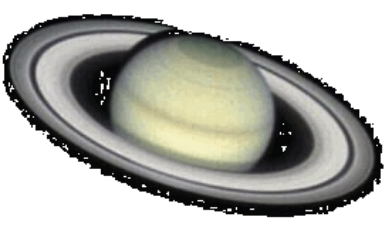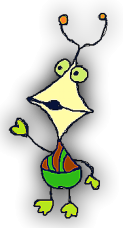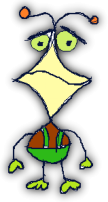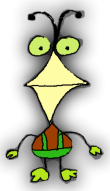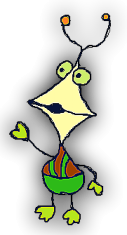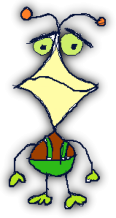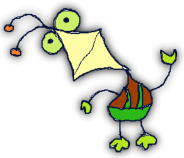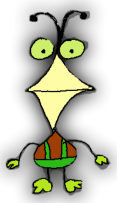Pioneer 11 and Voyagers I and II were successful probes in the 1970's and 1980's. Four separate probes have visited Saturn,
including one that landed on the surface of Titan. The very sophisticated probe called Cassini has been in orbit around the ringed
planet for over ten years and still going strong. The Huygens landing probe descended to the surface of the moon a few years ago.
Here’s another movie. of the landing. Here is what the surface looks like. There was a time when our imagined view of Titan was
different as seen in this wonderful painting by Chesley Bonestell. There are dozens of other moons orbiting Saturn, mostly
relatively small icy objects. The larest of Saturn’s moons is Titan, in a class by itself. Titan has an appreciable atmosphere of
nitrogen and methane with an interesting structure. One of them, Mimas, is actually a huge battle station!
Here is a short documentary which looks at the possible hidden oceans of the moons of Saturn.
As interesting as Saturn’s moons are, it is the rings that make this planet unique.
